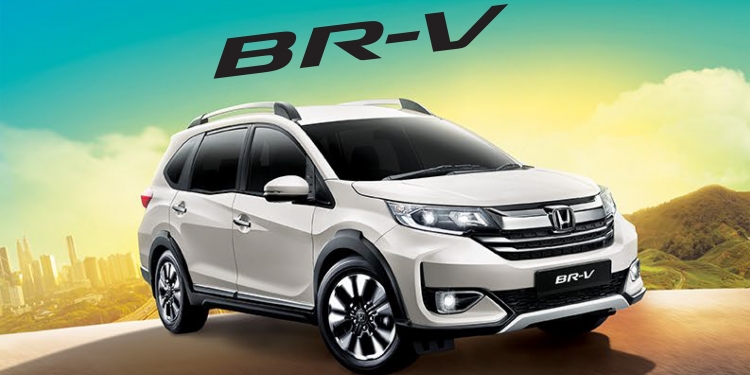Aside from the news it would be bringing the WR-V to our shores, Honda Malaysia also dropped a veritable bombshell during its 2023 product plan announcement on Friday. At the press conference, we asked the company if any of its new models would include a seven-seater, not expecting a straight answer. Instead, its Executive Coordinator Yujiro Sugino fired back in no uncertain terms, “We can confirm we will be discontinuing the BR-V,” catching the media by surprise.
That’s because the outgoing model has occupied a popular niche of the local market, that of the seven-seater MPV/SUV hybrid that also counts the Perodua Aruz as one of its members. And it was expected that the much-improved second generation—with a greater level of space, technology and driver assistance systems on board—would make it a far more attractive proposition compared to its rather utilitarian predecessor. Even if there were whispers of its demise leading up to the event.
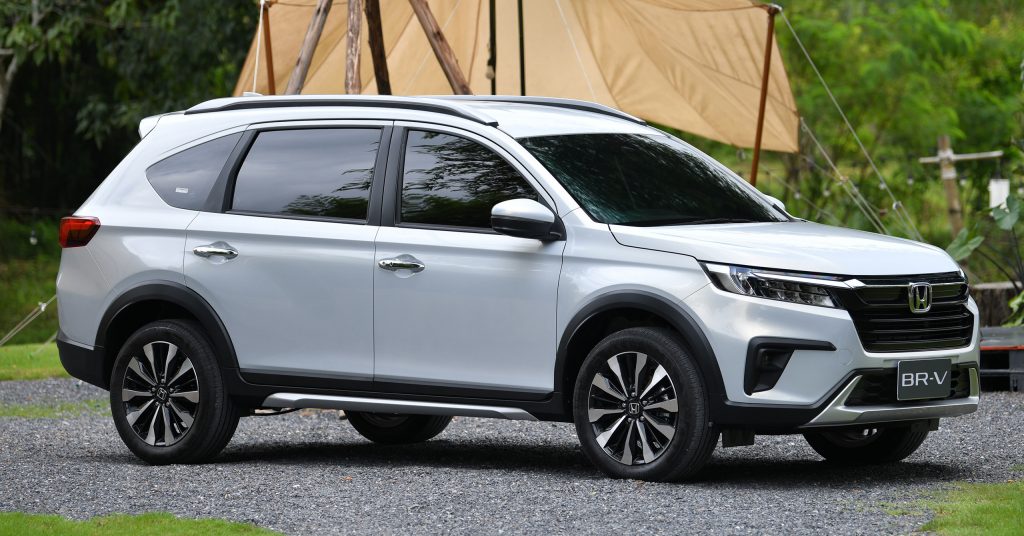
But bow out the BR-V will, and the reason, said Sugino in response to another question, is one of “prioritisation”, as the company saw greater potential in the upcoming “small SUV”. There’s certainly logic in that statement—popular as the BR-V was, it was still a niche vehicle in the grand scheme of things. Honda Malaysia said it sold around 40,000 units between 2017 and 2020, which sounds respectable until you realise the company sold well over half as many units of the City in 2022 alone.
Want more proof of the WR-V’s potential? Look no further than the sales figures of the then-newly-launched Perodua Ativa versus the Aruz in 2021, whereby the smaller model outsold the seven-seater nearly two to one. With production capacity normalising for the Ativa and the Aruz getting older day by day, the gap is surely, if anything, even bigger now.
Stiffer competition, likely higher pricing
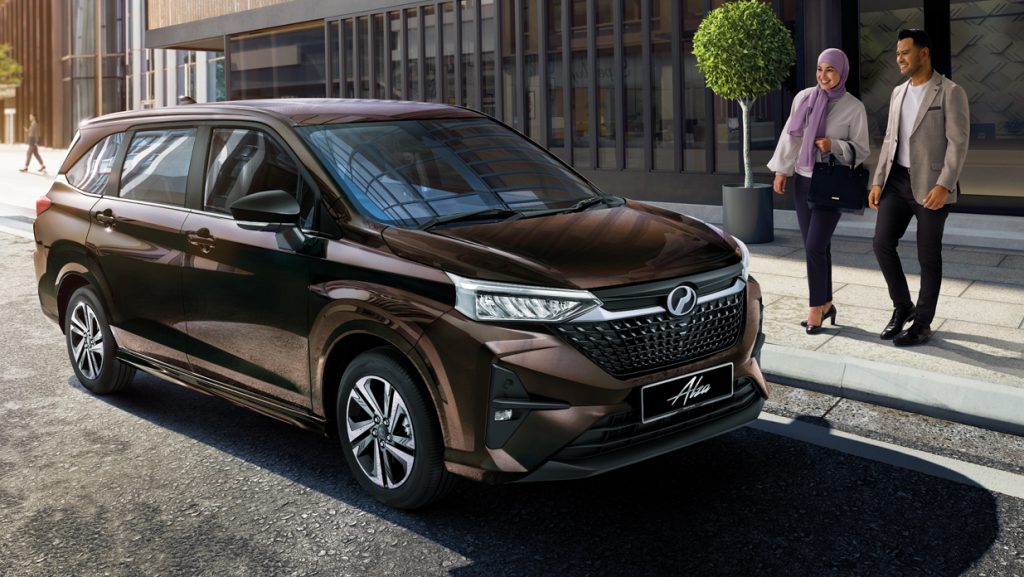
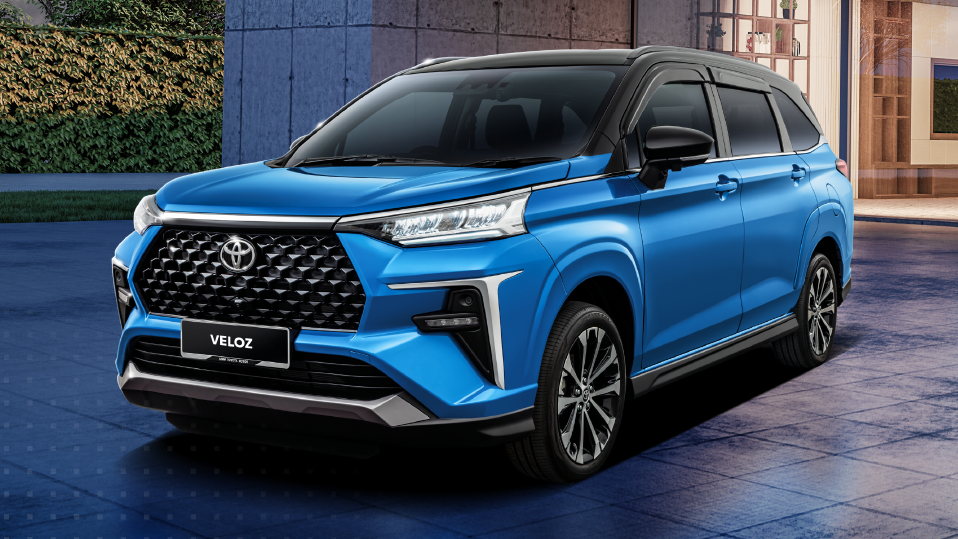
Honda Malaysia stopped short of saying this, but there’s likely another reason why it has chosen not to renew the BR-V—the resurgence of Perodua and Toyota’s MPVs. Back when the original was introduced in 2017, the Perodua Alza was already eight years old, and the Aruz was still two years away. And even up to last year, the Alza had not been replaced, so Honda still didn’t have so much competition.
But 2022 finally saw the retirement of the 13-year-old Alza, replaced by a much-improved second-generation model. Yes, it’s quite a bit more expensive, retailing at between RM62,500 and RM75,500. But it’s still much cheaper than the Honda, which starts at RM90,700 while offering nothing like the space, tech and sophistication of the Perodua.
The problem is compounded by the “premium” version of the Alza, the Toyota Veloz, which piles on even more features and refinements while costing just RM4,000 more than the BR-V. The latter is literally being squeezed at both ends.
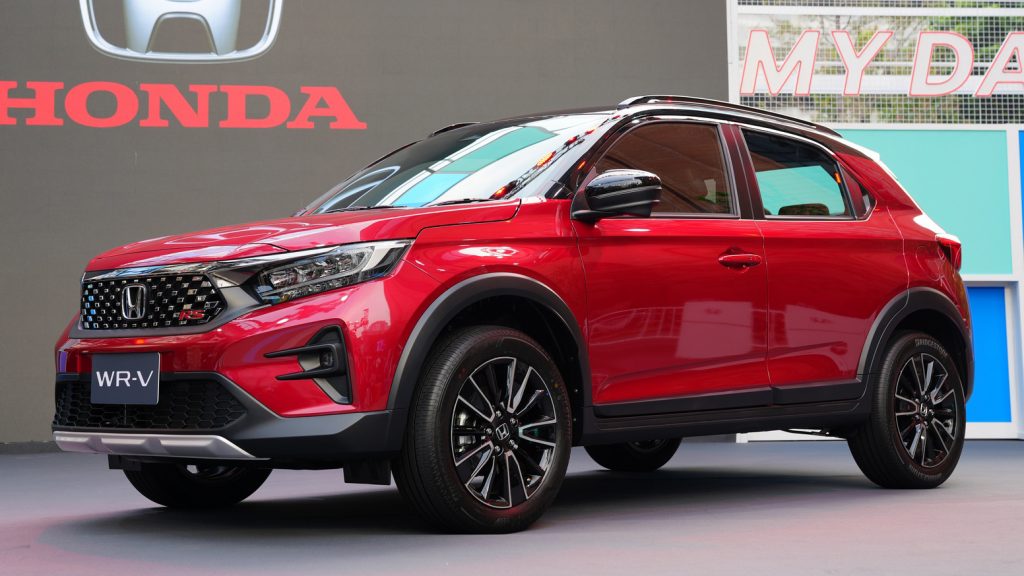
Bringing in the new BR-V would solve one problem (making the car much more competitive, which includes the fitment of the Honda Sensing driver assistance package) but introduce another, that being the price. Producing a larger and more technologically-advanced model costs money, and in Thailand (the closest market to Malaysia in terms of specs), the car starts at an eye-watering 915,000 baht (around RM120,048).
Even accounting for how steep our neighbour’s exchange rate is these days, that means that the new BR-V will likely start at over RM100,000, which would instantly make it a non-starter in our price-sensitive market. Look at it this way and it’s easy to see why Honda Malaysia chose to go with the WR-V instead, which plays in a more discerning market that trades more on brand cachet than whoever’s got the cheapest car. It’s a shame to see the brand leave the seven-seater market, but it’s probably for the best.

